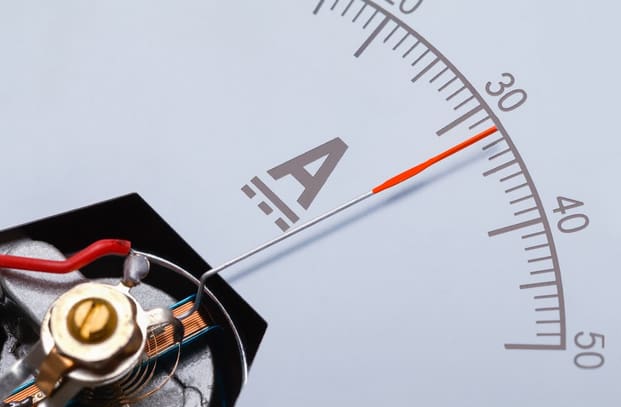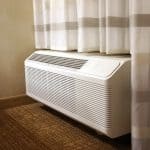What’s the right size and power for your packaged terminal air conditioner? How do you match a PTAC to the amperage in your hotel? How do you avoid overloading the electrical system?
When it comes to selecting the right power configuration for your PTAC unit, it’s fairly simple: you have to match the amps to the breaker size in your building. If you have 20 amp circuit breakers, you have to order PTAC units that match them or you’ll overload the wiring.
While you can upgrade your breakers, you can’t upgrade the wires in the wall.
If you’re selecting PTACs for new construction, your electrical engineer will make the decision on what amperage your system should be. A hotel in Florida, for example, doesn’t need a high heat load, so a lower amperage system — say 15 or 20 amps — would work. On the other hand, if you’re building in Minnesota, you’re going to need more heat, so 30 amp breakers would be more appropriate.
These heaters all draw somewhat less electricity than the 15, 20, and 30-amp numbers; however, the cords and breaker sizes are rounded up to the next standard size.
PTACs and air conditioners in general use a lot of power. You want to avoid getting a unit that requires a higher energy output than you actually need.
AC Power Requirements for PTACs
So what exactly are amps and volts? The simplest way to explain it is that volts are essentially the “pressure” of the electrons/electricity, and amperage is the “volume” or flow of the electrons/electricity.
A typical car battery, for examples, delivers 400 – 500 amps to the starter when starting your car. Compared to a PTAC unit, that’s a tremendous amount of amperage. However, the car battery is producing this amperage at very low voltage (12V DC). This low voltage makes a car battery safe to touch without worries of electrocution. The higher the voltage, the greater the danger to human life.
Most larger hotels generally run between 265/277 volts volts, while smaller hotels generally run between 208/230 volts. If you’re installing a PTAC in your home, it will always be 208/230 volts.
The most common choice for PTAC units is 20 amps, which gives a PTAC unit the power needed to put out about 11,500 BTUs of heat. (The number of BTUs tells you how powerful your unit is and describes how much energy can be produced per hour. If a PTAC unit is labeled as 5,000 BTUs, it can produce 5,000 BTUs of energy per hour).
A 30 amp unit would provide the capacity for up to 17,000 BTUs of heat, which heats a room much faster.
Final Word
Choosing the correct size and power for your PTAC unit depends on the size of your room and the amperage of the breaker in your building. If the BTU capacity of your PTAC is too small, your room won’t get adequately cooled. Inversely, if the BTU capacity is too large for your space, it will leave the room feeling damp and can lead to issues with mold.
In addition, an oversized PTAC unit actually wastes energy, so bigger isn’t always better. The decisions you make should be based on the data available, making it a fairly simple choice.





